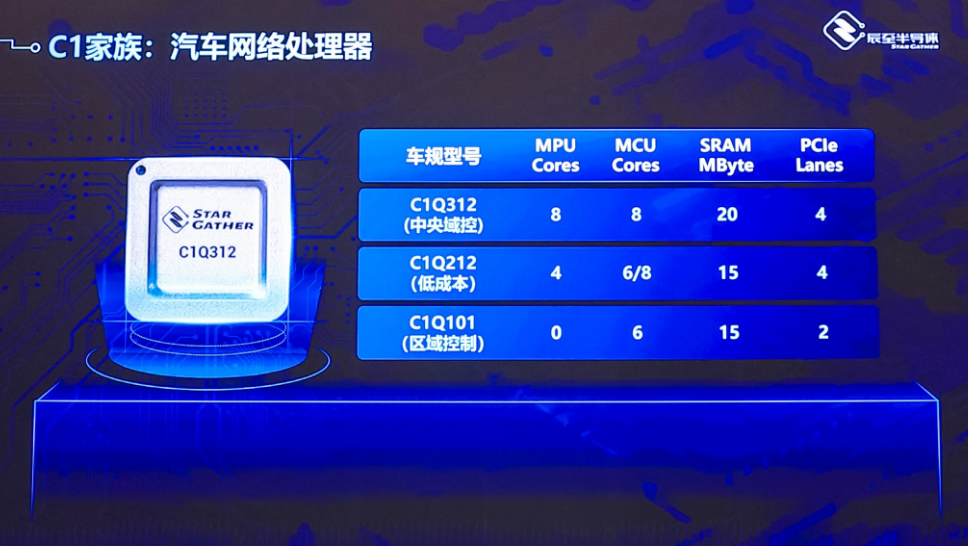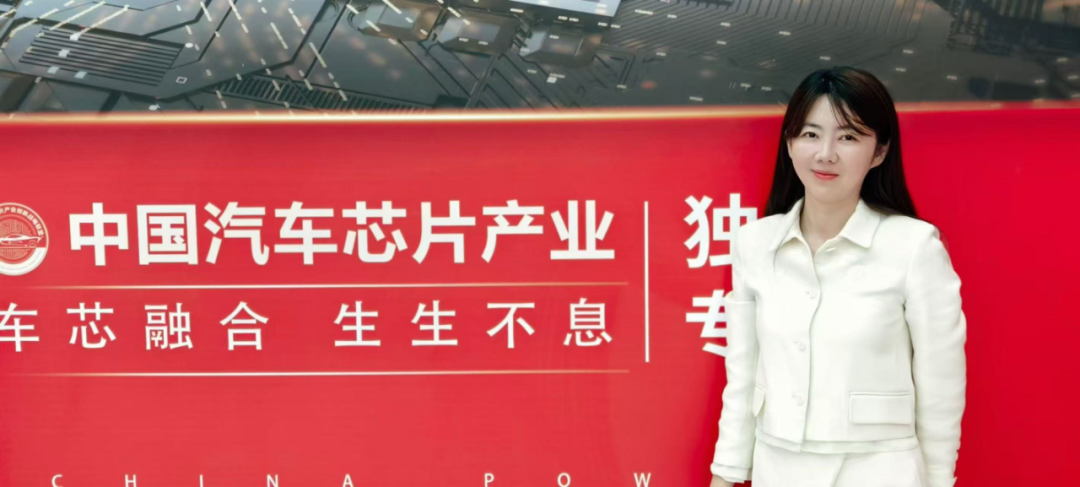


According to reports, Beijing ChenZhi Semiconductor Technology Co., Ltd. (hereinafter referred to as “ChenZhi Semiconductor”) recently showcased its C1 chip at the 2025 Shanghai International Auto Show.

ChenZhi Semiconductor focuses on the research and design of ASIL-D level automotive chips. The recently unveiled C1 chip, as a domestic central domain control chip, boasts high computing power, low power consumption, a rich set of communication interfaces, high bandwidth, and low latency, filling the gap in domestic production.
In addition to the smart automotive sector, the C1 chip can also be applied in industrial control, low-altitude economy, robotics, and other fields in the future.
During this Shanghai Auto Show, Xu Linjie, Director and Vice President of ChenZhi Semiconductor, shared with “IPO Early Insights” the company’s core advantages, product positioning, and future plans.

Xu Linjie, Director and Vice President of ChenZhi Semiconductor
Below is an excerpt from the interview:
Q: Frankly speaking, the timing of ChenZhi entering the automotive-grade chip market is not early. What are your core advantages?
Xu Linjie: I believe there are mainly two dimensions:
First, from a technical perspective, our R&D team has considerable experience in designing domain control automotive-grade chips, including strong capabilities in functional safety and high-performance automotive communication gateway chip design.
Secondly, from a market perspective, starting in 2023, the central concentrated architecture will begin to be mass-produced; at the same time, the trend of industry consolidation is becoming increasingly clear.
Therefore, we judge that we are entering the early stage of market demand explosion, and our technical capabilities are sufficient to support us in doing this.
Q: You positioned yourselves as high-end from the beginning. What was the reasoning behind this decision?
Xu Linjie: Before our establishment, we had in-depth communication with typical customers in the industry to clearly understand what kind of products the market needs. Only under these circumstances did we start to develop our products.
In recent years, the low-end market has become quite competitive. We hope that when our product is completed and launched, the competitive pressure will be somewhat less, so we decided to make our product “more high-end”.
Q: Two weeks ago, you held the lighting ceremony for the C1 chip. What significant challenges did you encounter during the R&D process?
Xu Linjie: Based on the testing results after the chip was returned from the wafer, the chip’s performance has basically met our design goals, and overall, it has been relatively smooth.
Of course, our chip is still in the validation stage, and the lighting is just one function being realized. We are still performing performance tuning and conducting various tests and validations with vehicle manufacturers; furthermore, whether we can maintain stable mass supply in the future will also be a key aspect for vehicle manufacturers. Therefore, I believe more challenges will arise in the later stages, and we will continue to work hard.
Q: Your chips are not only aimed at the automotive sector; industrial control, low-altitude economy, etc., are also within your scope of extension.
Xu Linjie: Essentially, our chip is a large gateway processing chip designed for high-reliability scenarios, handling multi-protocol data forwarding, distribution, and real-time control. Fields such as industrial control, smart factories, low-altitude economy, and even robotics have similar needs as vehicles, so these areas are also application scenarios for our chips.
Because automotive-grade chips are the highest in terms of functional safety, compared to other scenarios, it can be said that we can achieve a “dimensionality reduction attack” from a reliability perspective, thus enabling faster scene transitions.
Q: What are your expectations for ChenZhi in the short and long term?
Xu Linjie: In the short term, we aim to commercialize this product as soon as possible and apply it in multiple scenarios. The process from chip development to productization is never particularly easy, so we hope to refine this product better after it is onboarded and continuously improve its performance.
In the long term, I believe we still need to follow the trend of industry development. In the context of the smart connected trend, we should explore whether we can combine the specific needs of automotive scenarios with promising directions such as AI and large models to make our chips “smarter”.
Furthermore, this is currently a scenario where domestic production is at “zero”. We need to actively break the foreign monopoly, and hope that through our modest efforts, we can help the entire industry achieve true autonomy and controllability at the ecological level.

